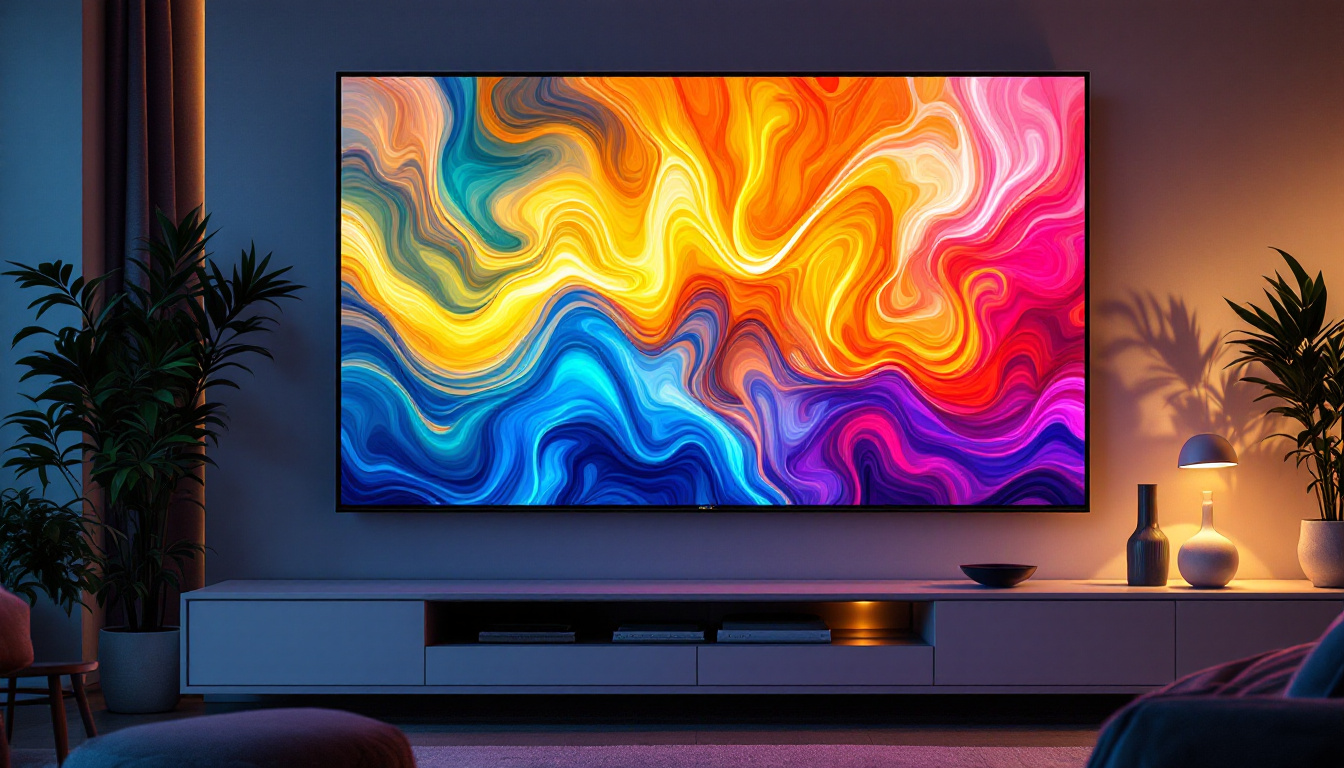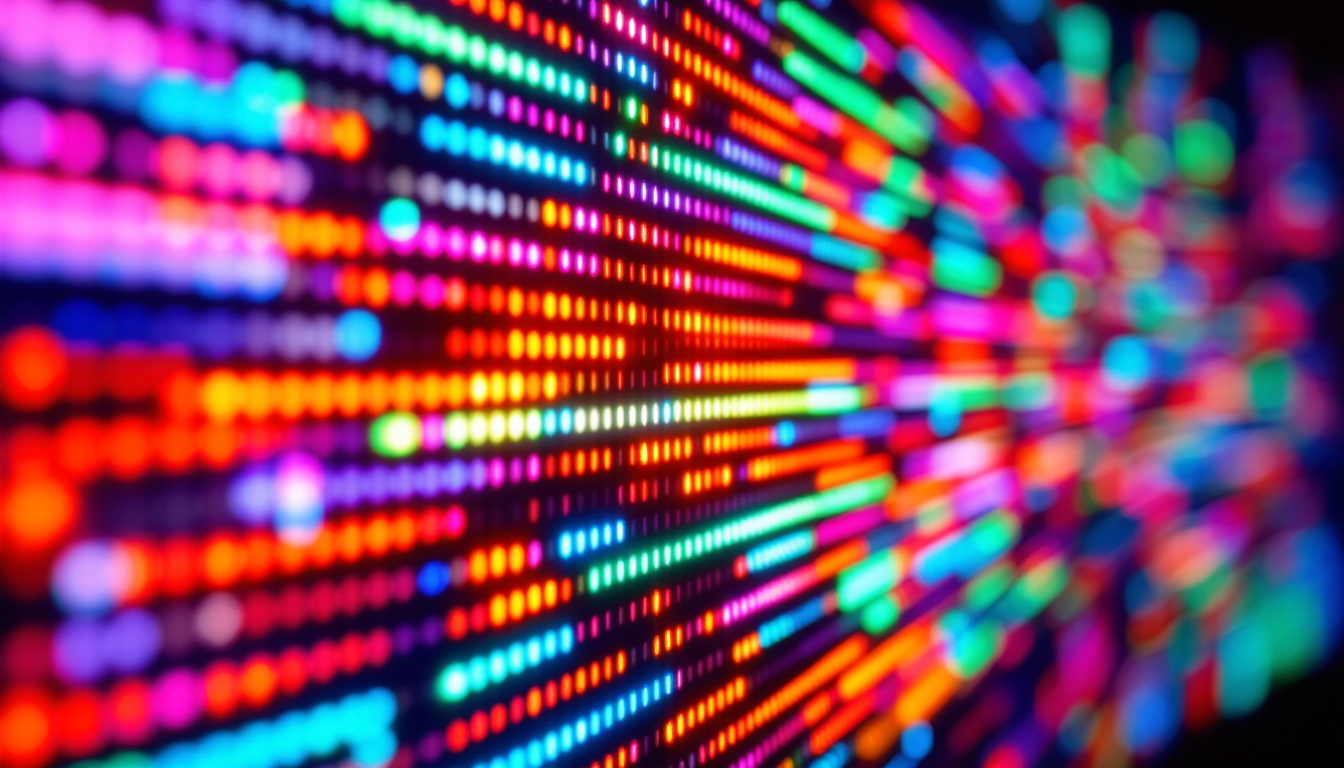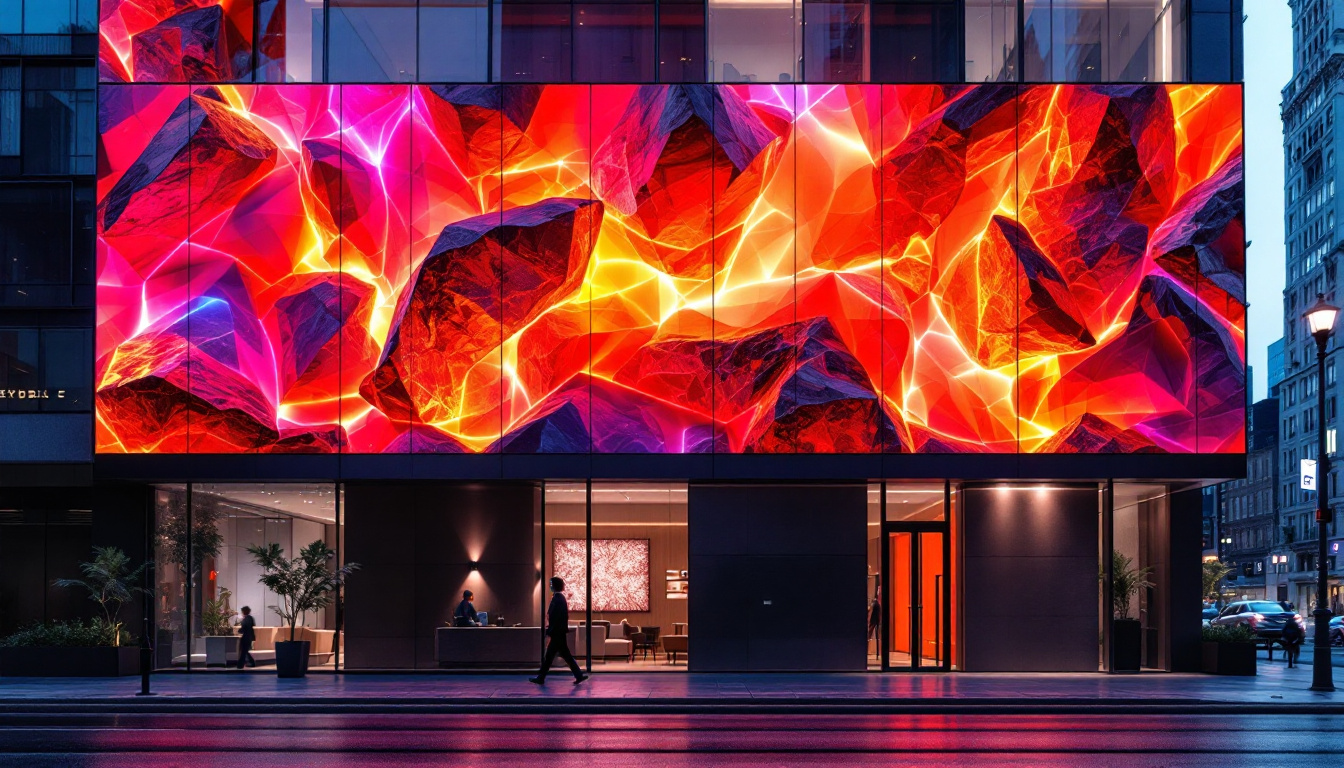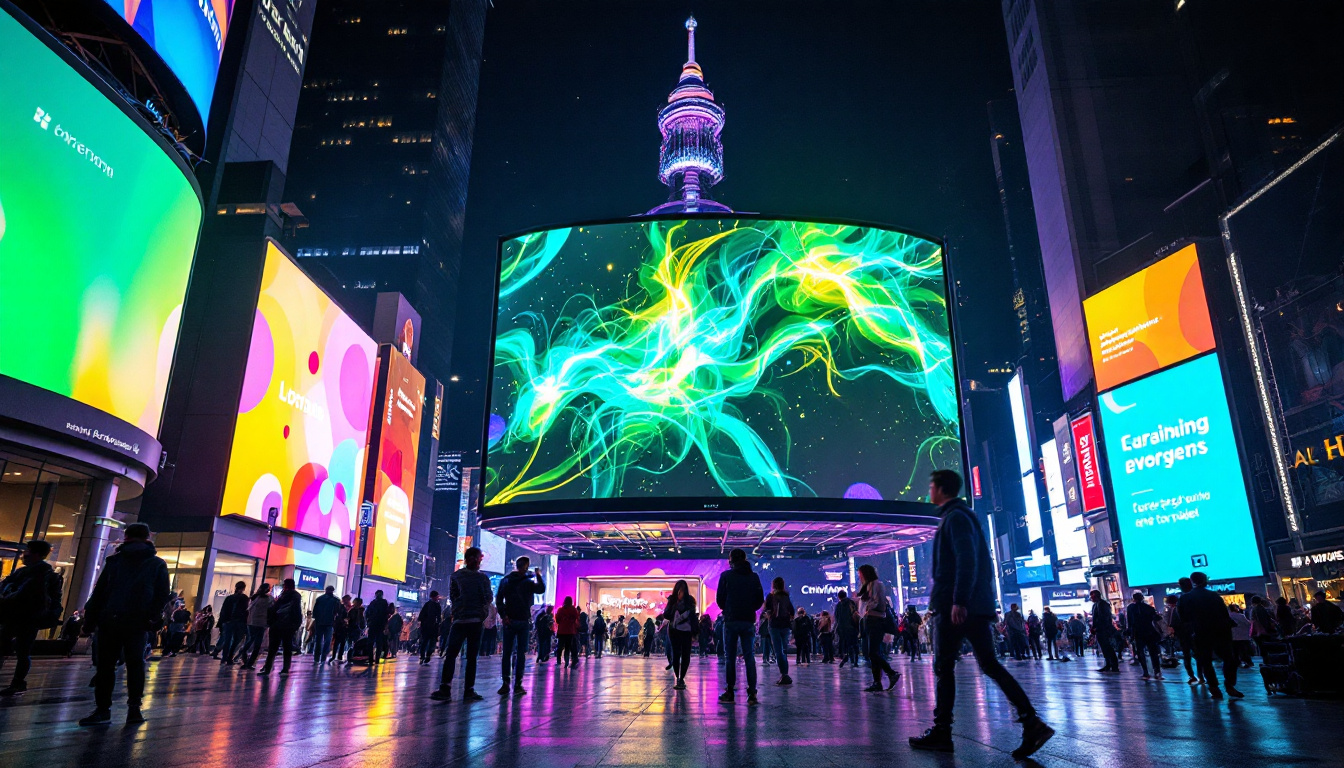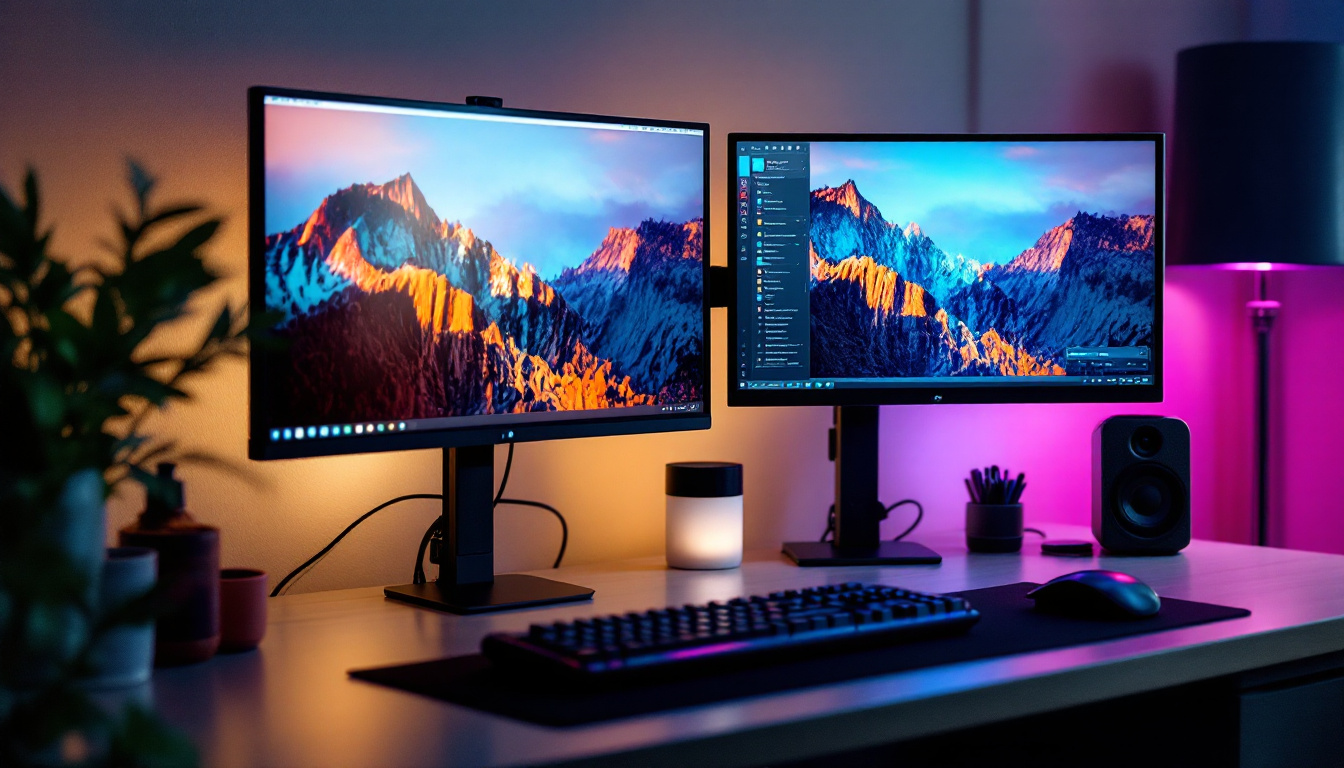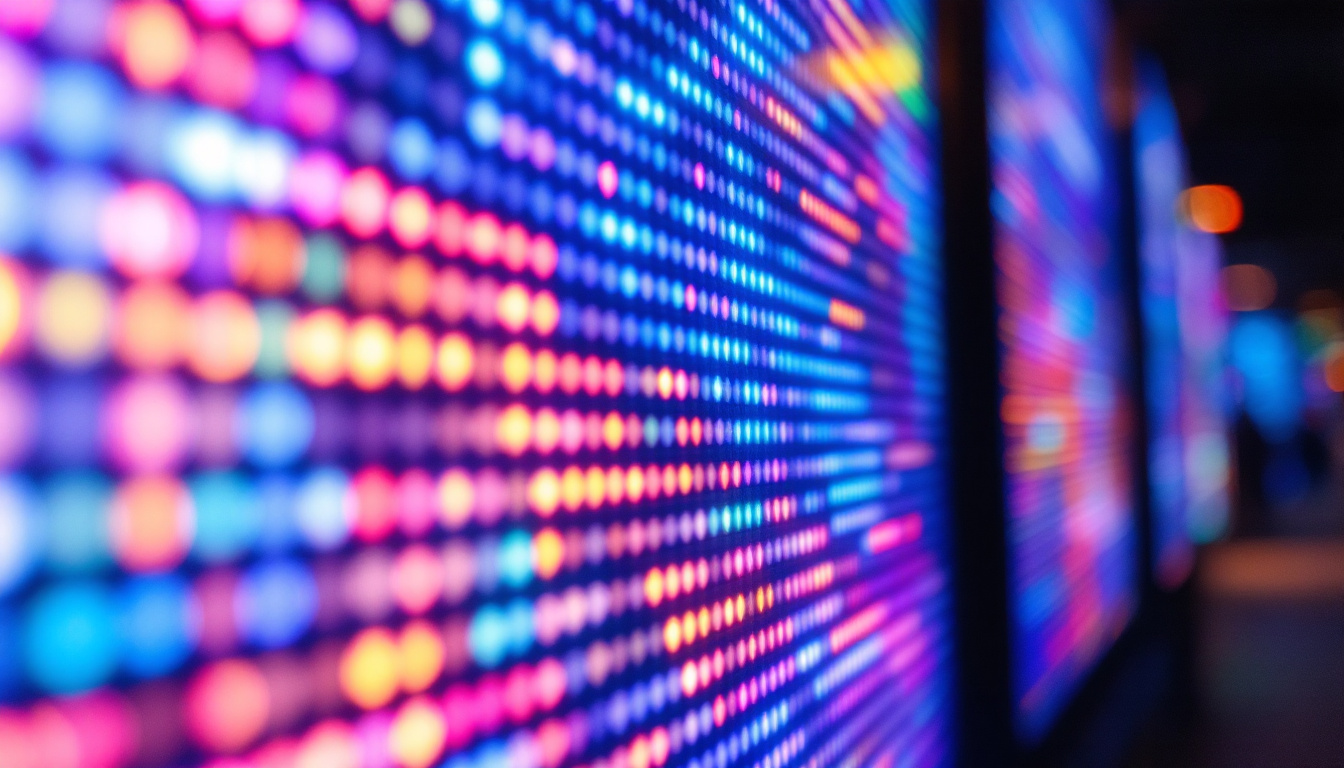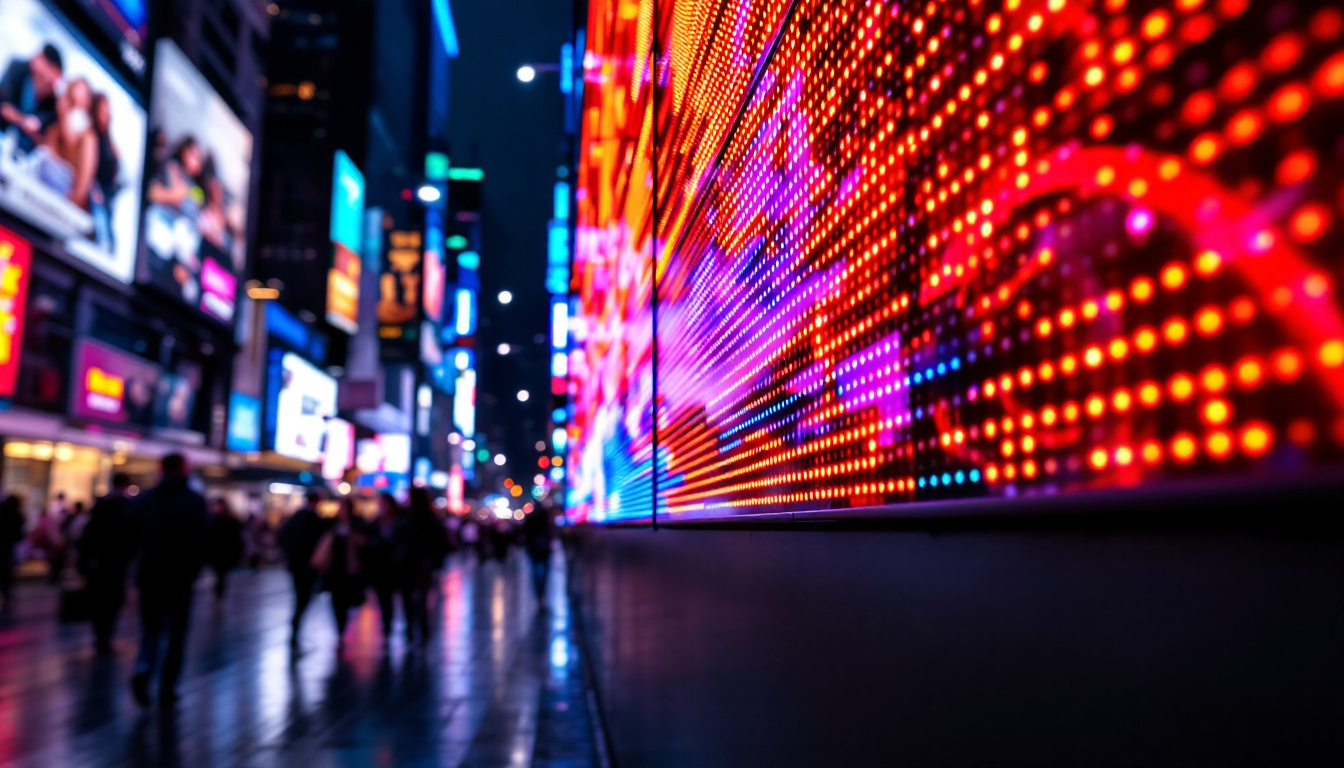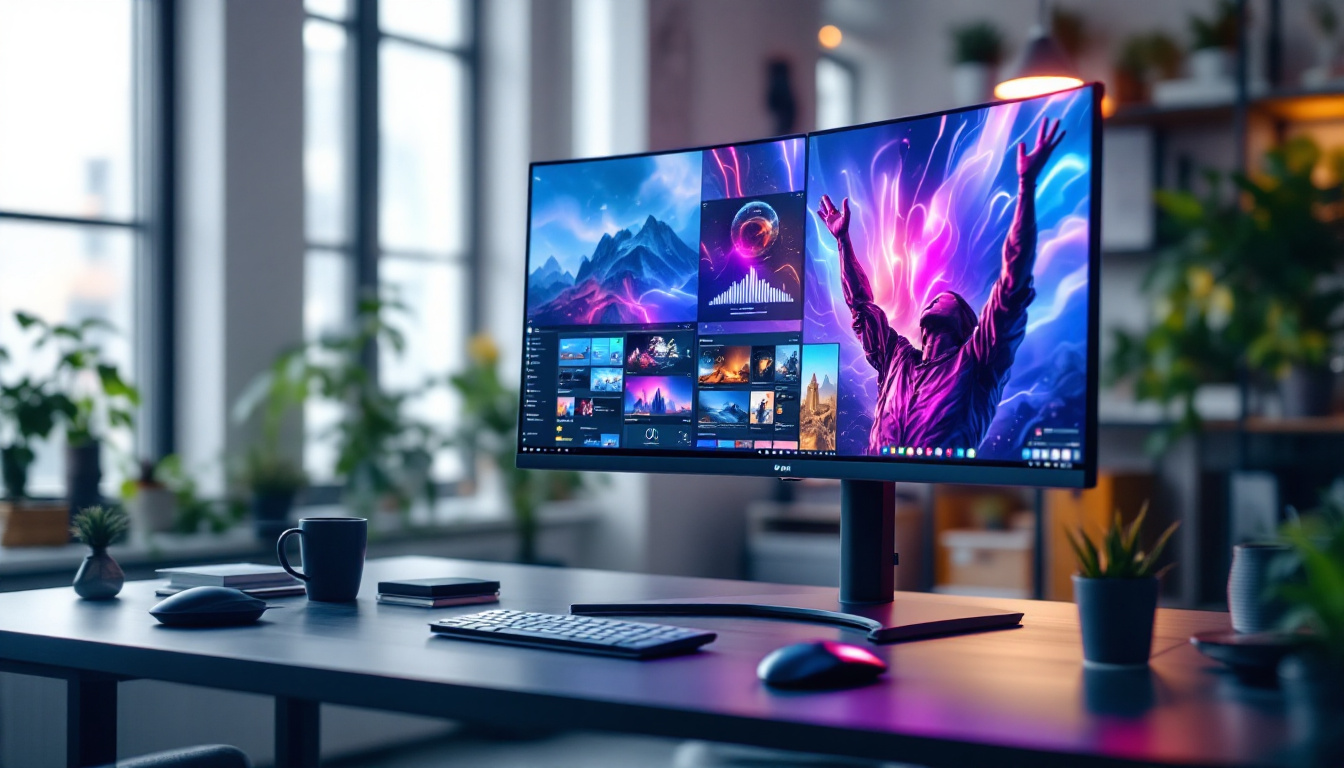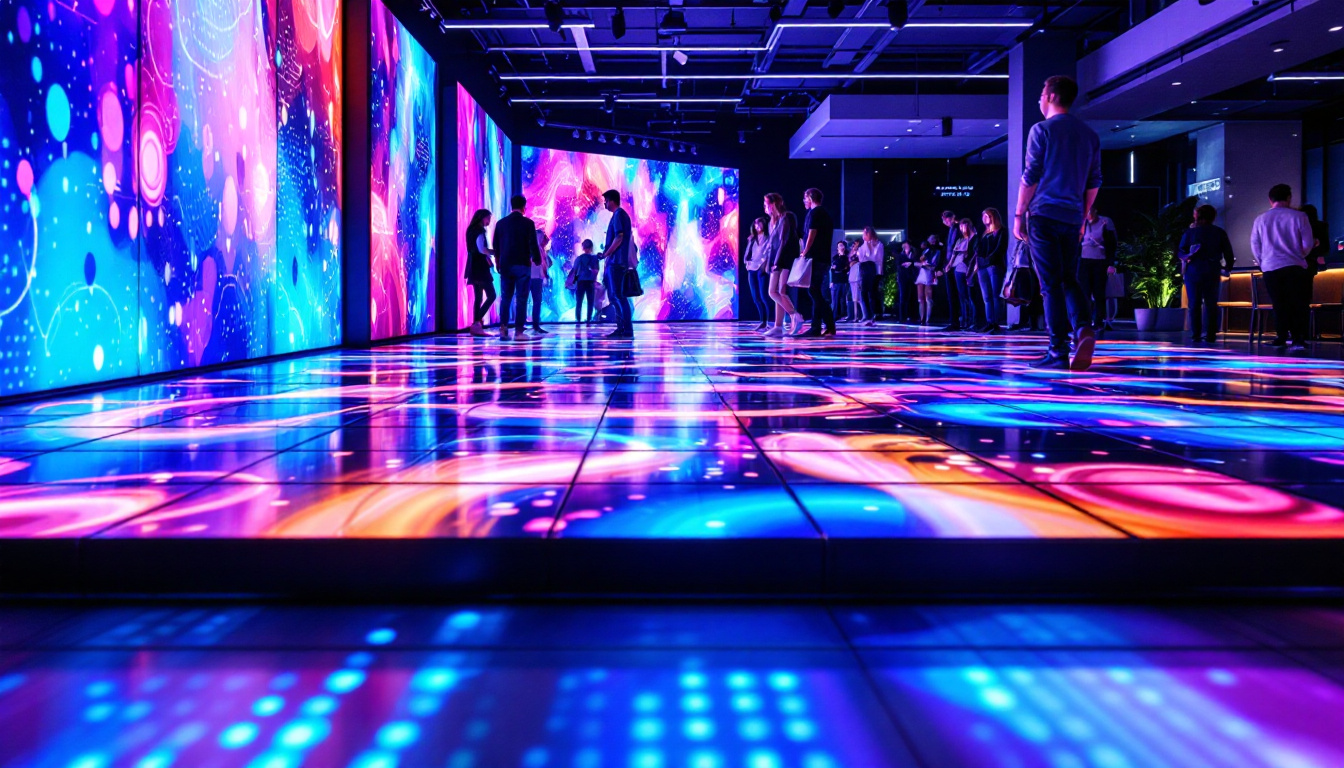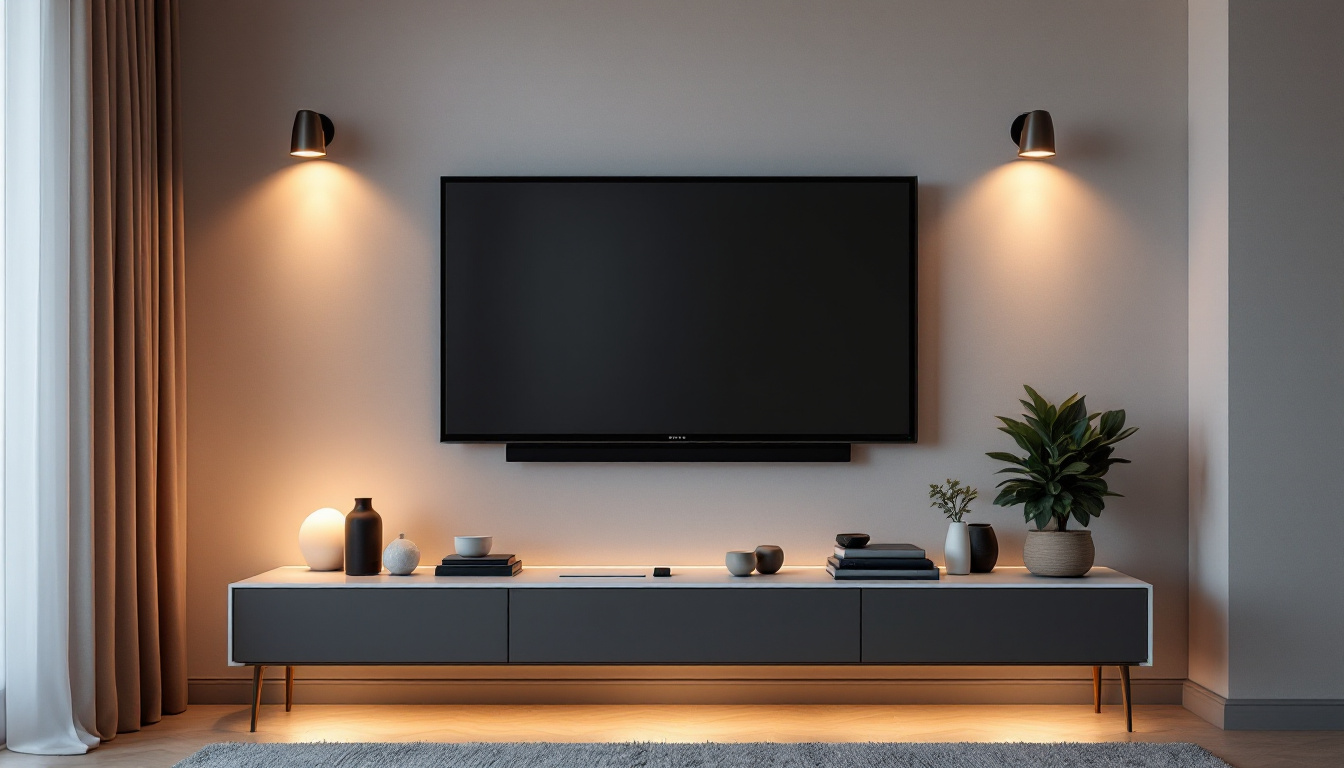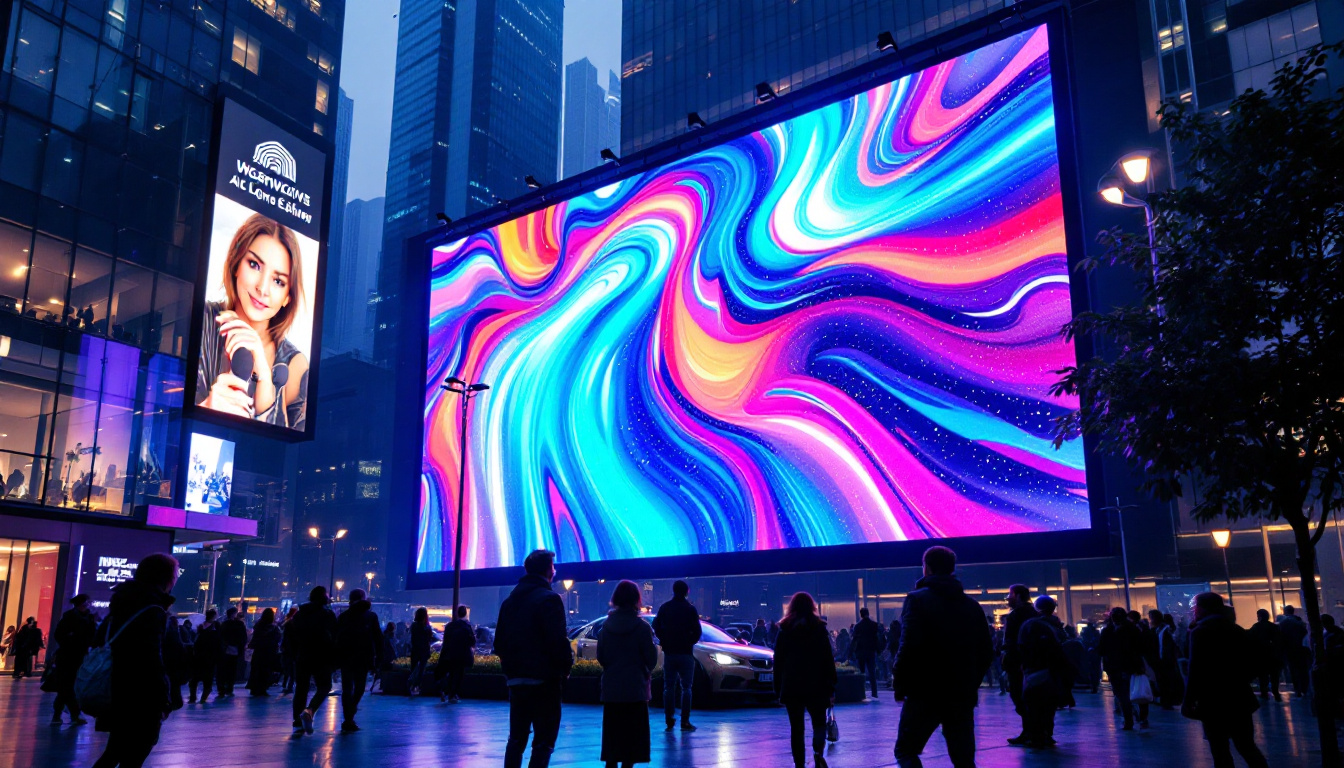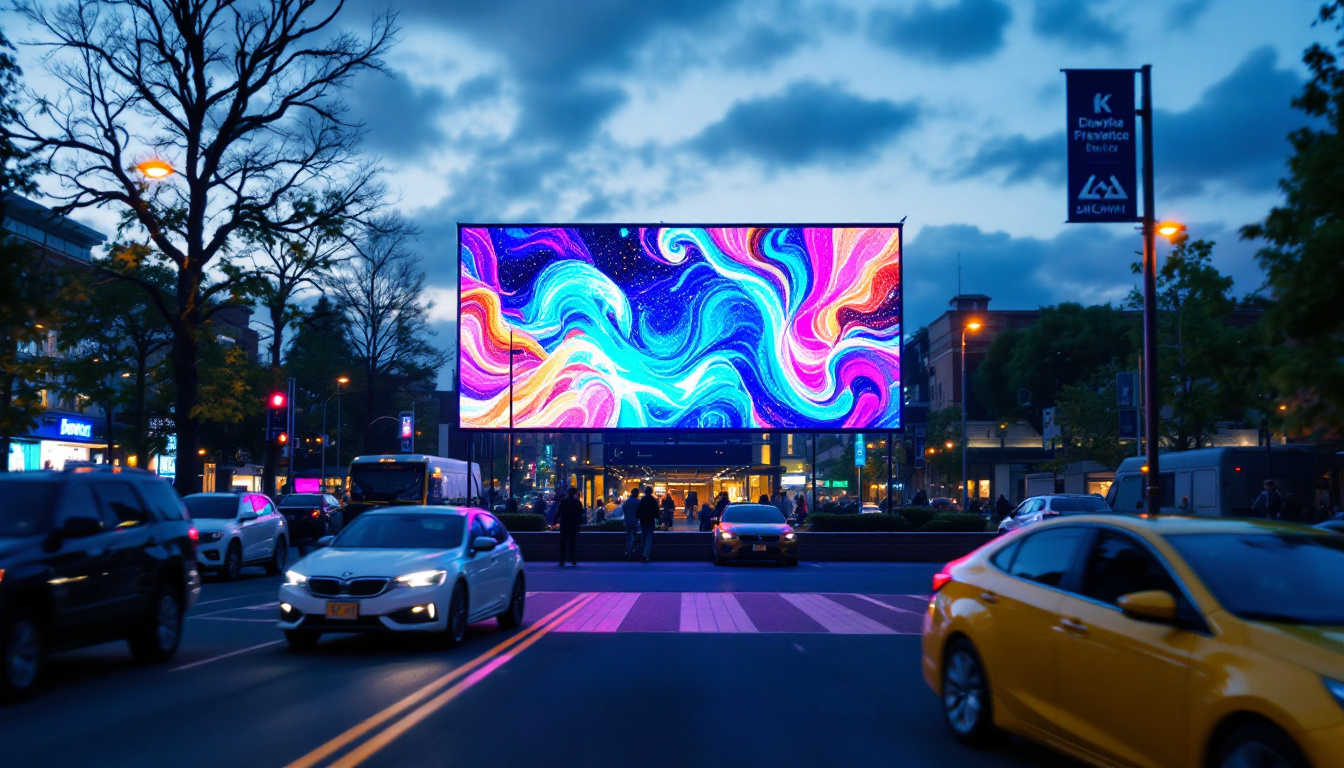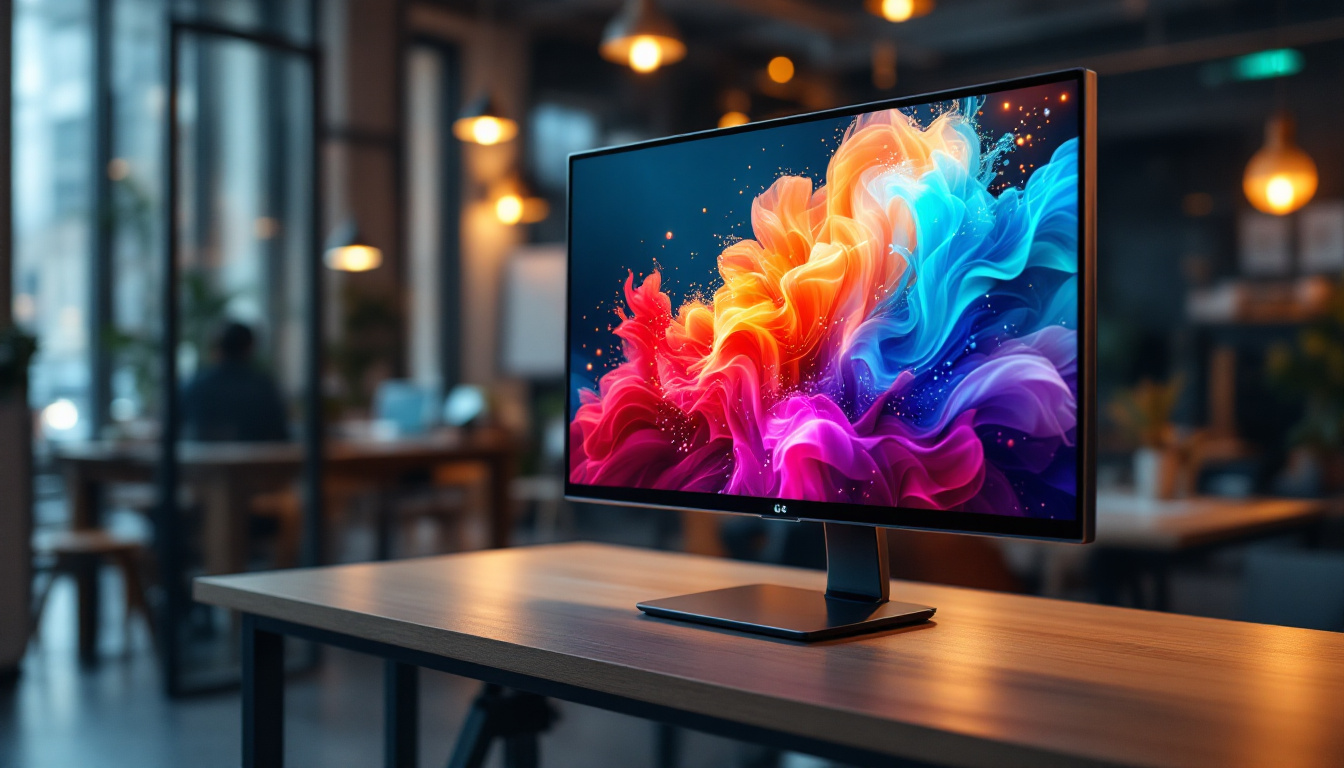The evolution of theater technology has always played a crucial role in shaping the audience’s experience. From the grandeur of classical stages to the immersive environments of modern productions, the integration of advanced visual tools has transformed how stories are told. Among these innovations, LED display technology stands out as a game-changer in modernist theater, offering unparalleled versatility, brightness, and creative potential.
This article explores the role of LED displays in contemporary theater, explaining their technical foundations, artistic applications, and the reasons why they have become indispensable tools for directors, designers, and producers aiming to push the boundaries of live performance.
The Rise of LED Displays in Modern Theater
In recent years, LED (Light Emitting Diode) technology has revolutionized various industries, including entertainment, advertising, and architecture. Theaters, traditionally reliant on static backdrops, painted scenery, and conventional lighting, have increasingly adopted LED displays to enhance visual storytelling.
According to a 2023 report by the Entertainment Technology Association, over 65% of new theater productions in North America now incorporate LED screens as part of their stage design. This trend reflects a broader shift towards immersive and dynamic stage environments that can adapt in real time to the narrative’s demands.
Why LED Displays? Advantages Over Traditional Methods
LED displays offer several advantages that make them particularly suited for theatrical use:
- Brightness and Visibility: LED panels provide vibrant, high-contrast images visible even under strong stage lighting, ensuring that visuals remain clear and impactful.
- Flexibility and Customization: Unlike fixed backdrops, LED screens can change instantly, allowing for multiple scene changes without physical set alterations.
- Energy Efficiency: LEDs consume significantly less power than traditional lighting and projection systems, reducing operational costs and environmental impact.
- Durability and Longevity: Modern LED panels are designed to withstand the rigors of touring and frequent use, making them reliable for long-running shows.
- Creative Freedom: Directors and designers can integrate video, animations, and interactive content, enabling innovative storytelling techniques.
These benefits collectively contribute to why LED displays have become a preferred choice for modernist theater productions aiming for a blend of technological sophistication and artistic expression.
Moreover, the integration of LED technology has opened up new avenues for collaboration between technical teams and creative artists. Lighting designers can work hand-in-hand with video artists to create a cohesive visual experience that enhances the narrative arc of the performance. This synergy allows for a more holistic approach to production design, where every element on stage—from actors’ movements to the backdrop—works in concert to evoke the desired emotional response from the audience. The result is a richer, more engaging theatrical experience that captivates viewers in ways that traditional methods may not achieve.
Additionally, as LED technology continues to evolve, we are witnessing advancements in resolution and pixel density, leading to even more stunning visuals. High-definition LED displays can now render intricate details and subtle color gradations, which are essential for productions that rely heavily on visual storytelling. This capability not only enhances the aesthetic quality of the performance but also allows for more complex narratives to be conveyed through visual means, further blurring the lines between theater and other forms of multimedia art. As a result, audiences are treated to a feast for the senses, where sight and sound intertwine to create unforgettable moments on stage.
Technical Foundations of LED Displays in Theater
Understanding how LED displays function is key to appreciating their impact on theatrical design. At their core, LED screens consist of numerous small light-emitting diodes arranged in a grid to form pixels. These pixels can be individually controlled to produce a wide range of colors and brightness levels.
Types of LED Displays Used in Theater
Theater productions typically use two main types of LED displays:
- Indoor LED Panels: Designed for close viewing distances, these panels have a high pixel density (often 2mm to 4mm pixel pitch), delivering sharp images and fine detail essential for audience members seated near the stage.
- Flexible and Curved LED Screens: These innovative panels can be bent or shaped to fit unique stage designs, enabling immersive environments and dynamic set pieces that wrap around performers.
Both types contribute to creating seamless visual experiences that integrate with lighting, sound, and choreography.
Resolution and Pixel Pitch
Resolution in LED displays refers to the number of pixels horizontally and vertically, while pixel pitch measures the distance between individual pixels. A smaller pixel pitch means higher resolution and finer image quality, which is crucial for theater settings where audiences are close to the screen.
For example, a 2.5mm pixel pitch LED display can deliver crisp, detailed visuals suitable for high-definition video content and intricate graphics, enhancing the storytelling without distraction or pixelation.
Control Systems and Content Management
Modern LED displays are integrated with sophisticated control systems that allow real-time content management. These systems enable seamless transitions between scenes, synchronization with lighting cues, and interactive effects triggered by performers or audience participation.
Software platforms such as media servers and video processors are commonly used to manage the content displayed on LED screens. They support multiple input sources, layering of visual elements, and precise timing control, which are essential for complex theatrical productions.
Artistic Applications of LED Displays in Theater
The true power of LED technology lies in its ability to transform the artistic landscape of theater. By offering a dynamic visual canvas, LED displays open new avenues for creativity and audience engagement.
Dynamic Scenery and Set Design
Traditional theater sets often require significant time and resources to build and change. LED displays eliminate many of these constraints by enabling instant scene changes through digital imagery. A single LED backdrop can simulate a variety of environments—from bustling cityscapes to abstract dreamscapes—without the need for physical props or backdrops.
This flexibility allows directors to experiment with narrative pacing and visual storytelling, creating immersive worlds that evolve fluidly throughout the performance.
Interactive and Immersive Experiences
Some modern productions incorporate interactive LED elements that respond to actors’ movements or audience input. Motion sensors and tracking technology can trigger changes in the displayed content, creating a responsive environment that blurs the line between performer and spectator.
For example, a dance performance might use LED floors or walls that light up in patterns matching the choreography, enhancing the sensory experience and deepening emotional impact.
Enhanced Lighting and Visual Effects
LED displays complement traditional stage lighting by providing additional layers of visual effects. They can simulate natural phenomena such as fire, water, or weather, or create abstract patterns that enhance mood and atmosphere.
Because LED screens emit their own light, they reduce the need for extensive lighting rigs, allowing for more minimalist and versatile stage setups.
Challenges and Considerations in Using LED Displays
While LED technology offers numerous benefits, integrating it into theater productions requires careful planning and expertise.
Cost and Budgeting
High-quality LED panels and control systems can represent a significant investment. For smaller theaters or productions with limited budgets, this can be a barrier to adoption. However, rental options and advances in manufacturing are gradually making LED technology more accessible.
Technical Expertise and Maintenance
Operating LED displays demands specialized technical knowledge, including content creation, system calibration, and troubleshooting. Theaters must either train in-house staff or collaborate with experienced technicians to ensure smooth operation.
Additionally, LED panels require regular maintenance to prevent issues such as dead pixels or color inconsistencies, which can detract from the visual experience.
Integration with Other Stage Elements
Seamlessly combining LED displays with lighting, sound, and physical set pieces requires meticulous coordination. Poor integration can lead to visual clutter or distracting technical glitches. Directors and designers must carefully plan the overall aesthetic to maintain coherence and focus.
Case Studies: LED Displays in Contemporary Theater Productions
Examining real-world examples highlights the transformative impact of LED technology on modern theater.
“The Curious Incident of the Dog in the Night-Time” – National Theatre, London
This production utilized LED screens extensively to represent the protagonist’s inner world and complex thought processes. The LED backdrops displayed shifting patterns, diagrams, and text that visually conveyed the character’s perspective, enhancing audience empathy and understanding.
“Harry Potter and the Cursed Child” – West End and Broadway
Incorporating LED technology allowed for magical effects and rapid scene changes that brought the wizarding world to life. The LED screens provided dynamic backgrounds that interacted with practical effects and lighting, creating a seamless blend of fantasy and reality.
“Sleep No More” – Immersive Theater Experience, New York
This immersive production used LED displays to create interactive environments that responded to audience movement. The technology helped build a haunting atmosphere, enabling a unique, personalized experience for each attendee.
The Future of LED Displays in Theater
As LED technology continues to advance, its role in theater is set to expand further. Emerging trends include:
- MicroLED and MiniLED Panels: These next-generation displays offer even higher resolution and brightness with thinner profiles, enabling more seamless integration into stage design.
- Augmented Reality (AR) Integration: Combining LED displays with AR glasses or projection mapping could create multi-layered visual experiences that blend physical and digital elements.
- AI-Driven Content: Artificial intelligence may enable real-time generation of visuals based on audience reactions or narrative developments, making performances more adaptive and personalized.
These innovations promise to deepen the connection between performers and audiences, making theater an even more immersive and transformative art form.
Conclusion
LED display technology has firmly established itself as a vital component of modernist theater, offering unprecedented opportunities for visual storytelling and stagecraft. Its brightness, flexibility, and creative potential allow productions to transcend traditional limitations, crafting immersive, dynamic environments that captivate audiences.
While challenges such as cost and technical complexity remain, ongoing advancements and growing expertise are making LED displays increasingly accessible. As theaters continue to embrace this technology, the future of live performance looks brighter, more engaging, and more innovative than ever before.
Illuminate Your Stage with LumenMatrix
Ready to elevate your theater production with the cutting-edge brilliance of LED display technology? Discover LumenMatrix’s innovative solutions, from Indoor and Outdoor LED Wall Displays to immersive Floor and Custom LED Displays, and more. Our mission is to transform your visual storytelling with displays that captivate, engage, and leave a lasting impression. Check out LumenMatrix LED Display Solutions today and bring your creative vision to life with unparalleled clarity and impact.



